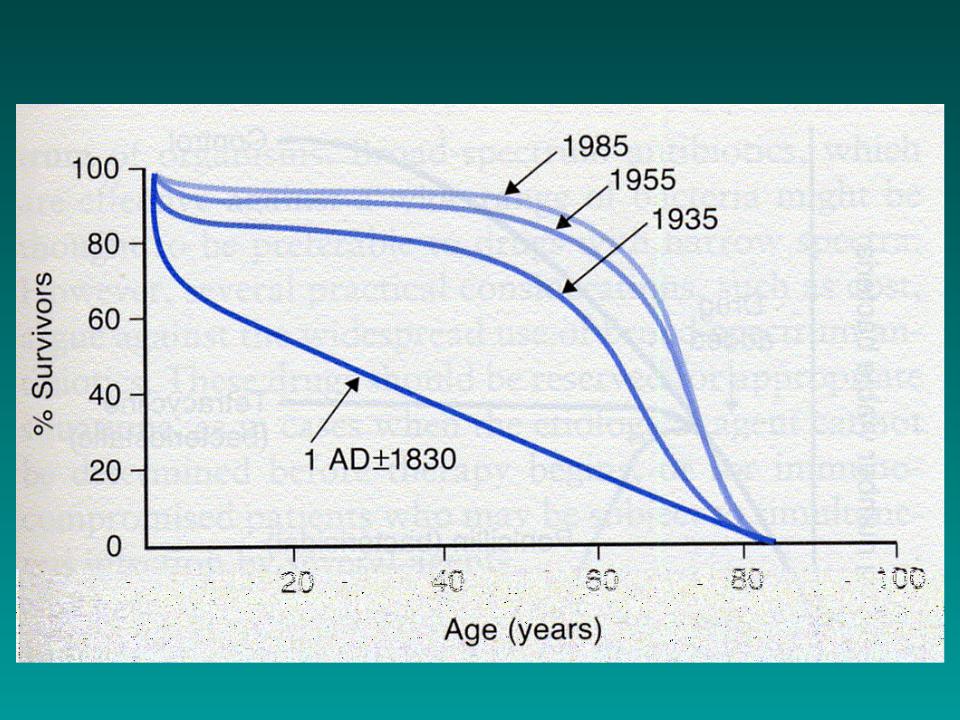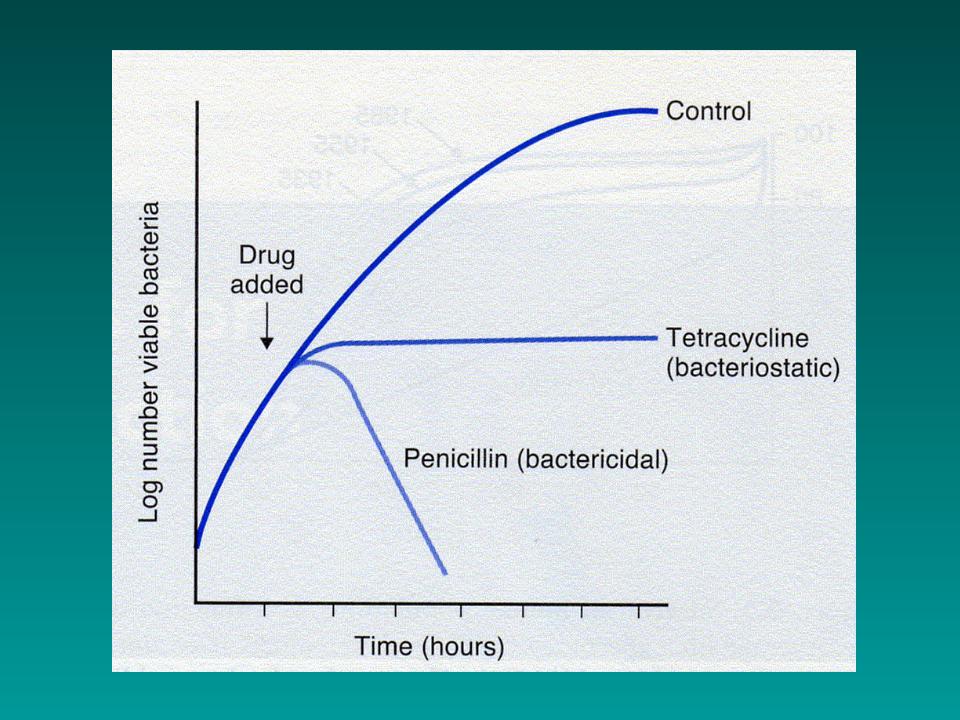
- •Chemotherapy of
- •Definitions of Antibiotics
- •Impact of Modern Healthcare on Life Expectancy
- •History
- •History
- •History
- •History
- •The Ideal Drug*
- •Antibacterial spectrum—Range of activity of an antimicrobial against bacteria. A broad-spectrum antibacterial drug
- •Susceptibility Tests
- •Minimal Inhibitory Concentration (MIC)
- •Susceptibility Tests
- •Susceptibility Tests
- •Susceptibility Tests
- •Antibiotic Mechanisms of Action
- •Mechanism of Action
- •Mechanism of Action
- •Mechanism of Action
- •Mechanism of Action
- •Mechanism of Action
- •Mechanism of Action
- •Mechanism of Action
- •Mechanism of Action
- •Mechanism of Action
- •Mechanism of Action
- •Mechanism of Action
- •Mechanism of Action
- •Mechanism of Action
- •Mechanism of Action
- •Mechanism of Action
- •Mechanism of Action
- •Mechanism of Action
- •Mechanism of Action
- •Mechanism of Action
- •Mechanism of Action
- •Mechanism of Action
- •Clinical Uses
- •Clinical Uses
- •Resistance
- •Resistance
- •Origin of Drug Resistance
- •Origin of Drug Resistance
- •Plasmids
- •Plasmids (cont’d)
- •Implications
- •Implications of Resistance
- •Implications
- •REVIEW
- •Minimal Inhibitory Concentration (MIC)
- •What are main targets of Antibiotics?
- •Mechanism of Action
- •Mechanism of Action
- •Mechanism of Action
- •Mechanism of Action
- •Mechanism of Action
- •Mechanism of Action
- •Resistance
- •Resistance
- •Mechanism of Action
- •Mechanism of Action


Chemotherapy of
Bacterial Infections
~~~~~~~~
Antibiotics

Definitions of Antibiotics
• OLD: An antibiotic is a chemical substance produced by various species of microorganisms that is capable in small concentrations of inhibiting the growth of other microorganisms
• NEW: An antibiotic is a product produced by a microorganism or a similar substance produced wholly or partially by chemical synthesis, which in low concentrations, inhibits the growth of other microorganisms

Impact of Modern Healthcare on Life Expectancy

History
Paul Ehrlich
“Magic Bullet”
Chemicals with selective toxicity
ORIGIN: Selective Stains
DRUG: Arsphenamine (1910)
“606” Salvarsan
NOBEL: 1908

History
(cont’d)
Gerhard Domagk
Drugs are changed in the body
ORIGIN: Prontosil
(Only active in vivo)
DRUG: Sulfanilamide (1935)
NOBEL: 1939

History
(cont’d)
Alexander Fleming
Microbes make antibiotics
ORIGIN: moldy culture plate DRUG: Penicillin (1928)
NOBEL: 1945

History
(cont’d)
Selman Waksman
Soil Streptomyces make antibiotics
comes up with definition of antibiotic
ORIGIN: Penicillin development DRUG: Streptomycin (1943)
NOBEL:1952

The Ideal Drug*
1. Selective toxicity: against target pathogen but not against host
LD50 (high) vs. MIC and/or MBC (low)
2.Bactericidal vs. bacteriostatic
3.Favorable pharmacokinetics: reach target site in body with
effective concentration
4.Spectrum of activity: broad vs. narrow
5.Lack of “side effects”
Therapeutic index: effective to toxic dose ratio
6.Little resistance development
* There is no perfect drug.


Antibacterial spectrum—Range of activity of an antimicrobial against bacteria. A broad-spectrum antibacterial drug can inhibit a wide variety of gram-positive and
gram-negative bacteria, whereas a narrow-spectrum drug is active only
against a limited variety of bacteria.
Bacteriostatic activity—-The level of antimicro-bial activity that inhibits the growth of an organism. This is determined in vitro by testing a standardized concentration of organisms against a series of antimicrobial dilutions. The lowest concentration that inhibits the
growth of the organism is referred to as the minimum inhibitory concentration
(MIC).
Bactericidal activity—The level of antimicrobial activity that kills the test organism. This is determined in vitro by exposing a standardized concentration of organisms to a series of antimicrobial dilutions. The lowest concentration that
kills 99.9% of the population is referred to as the minimum bactericidal
concentration (MBC).
Antibiotic combinations—Combinations of antibiotics that may be used (1) to broaden the antibacterial spectrum for empiric therapy or the treatment of polymicrobial infections, (2) to prevent the emergence of resistant organisms during therapy, and (3) to achieve a synergistic killing effect.
Antibiotic synergism—Combinations of two antibiotics that have enhanced bactericidal activity when tested together compared with the activity of each antibiotic.
Antibiotic antagonism—Combination of antibiotics in which the activity of one antibiotic interferes With the activity of the other (e.g., the sum of the activity is less than the activity of the individual drugs).
Beta-lactamase—An enzyme that hydrolyzes the beta-lactam ring in the beta-lactam class of antibiotics, thus inactivating the antibiotic. The enzymes specific for penicillins and cephalosporins
aret he penicillinases and cephalosporinases, respectively.
